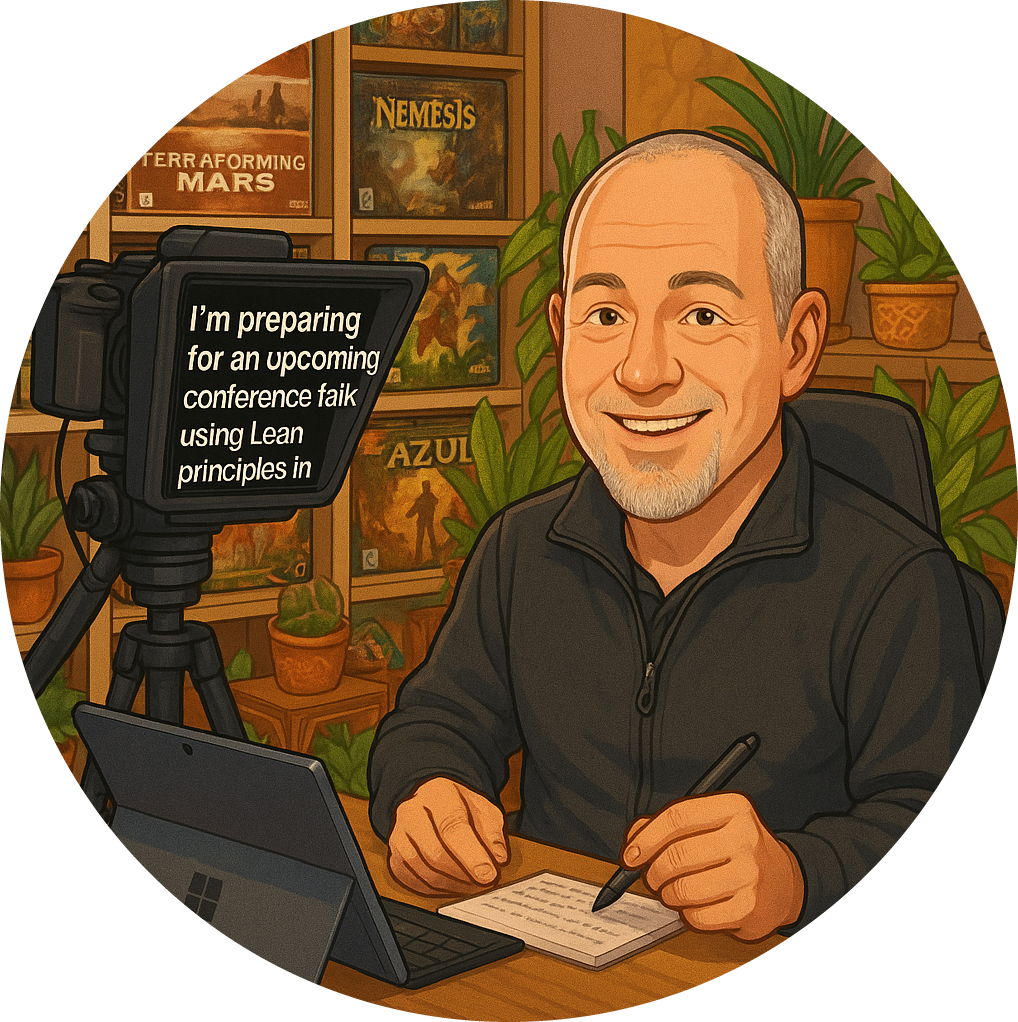In my journey through the world of Agile, I’ve often encountered various signs that indicate a team is veering off course. One of the most alarming of these signs is what I like to call “war”, a manifestation of team conflict that can derail even the most promising projects.
Now, let me clarify: it’s perfectly normal for team members to have disagreements. In fact, I believe that these discussions are crucial for innovation. When diverse perspectives clash, that’s where the magic happens. However, there’s a fine line between healthy debate and a full-blown contest where the goal shifts from collaboration to winning the argument.
The Escalation of Conflict
When disagreements escalate, it can lead to a toxic environment. Here’s how I see it unfold:
- Healthy Disagreement: Team members share differing opinions, leading to constructive discussions and creative solutions.
- Argument: The focus shifts from collaboration to proving a point, and emotions can start to run high.
- Conflict: At this stage, the disagreement becomes personal, and team dynamics begin to suffer.
- War: This is the worst-case scenario, where the conflict escalates to a point of no return, think of it as a Crusade or World War among team members.
As a Scrum Master, it’s my responsibility to recognise when we’re approaching that dangerous territory of “war.” If I see the team gearing up for battle, it’s time to step in and de-escalate the situation.
Strategies for De-escalation
Here are some strategies I’ve found effective in diffusing conflict before it spirals out of control:
- Encourage Open Communication: Create a safe space for team members to express their thoughts without fear of judgement. This can help prevent misunderstandings from escalating.
- Focus on the Issue, Not the Person: Remind the team that the goal is to solve a problem, not to win an argument. Keeping discussions objective can help maintain a collaborative spirit.
- Facilitate a Mediation Session: Sometimes, a neutral party can help bridge the gap between conflicting viewpoints. As a Scrum Master , I often take on this role to guide the conversation back to constructive dialogue.
- Revisit Team Norms: Establishing clear team norms around conflict can help set expectations for how disagreements should be handled. This can include guidelines for respectful communication and conflict resolution.
The Importance of Addressing Conflict
Ignoring conflict is not an option. If left unchecked, it can lead to disengagement, reduced productivity, and ultimately, project failure. By addressing disagreements head-on, we can transform potential conflicts into opportunities for growth and innovation.
In conclusion, while conflict is an inevitable part of teamwork, it’s how we manage it that truly matters. As Agile practitioners, we must remain vigilant against the signs of the Agile apocalypse, particularly the war that can arise from team disagreements. By fostering a culture of open communication and collaboration, we can ensure that our teams remain focused on delivering value rather than engaging in battles.
Remember, the goal is not to win the argument but to win together as a team. Let’s keep the lines of communication open and work towards a more harmonious Agile environment.





























